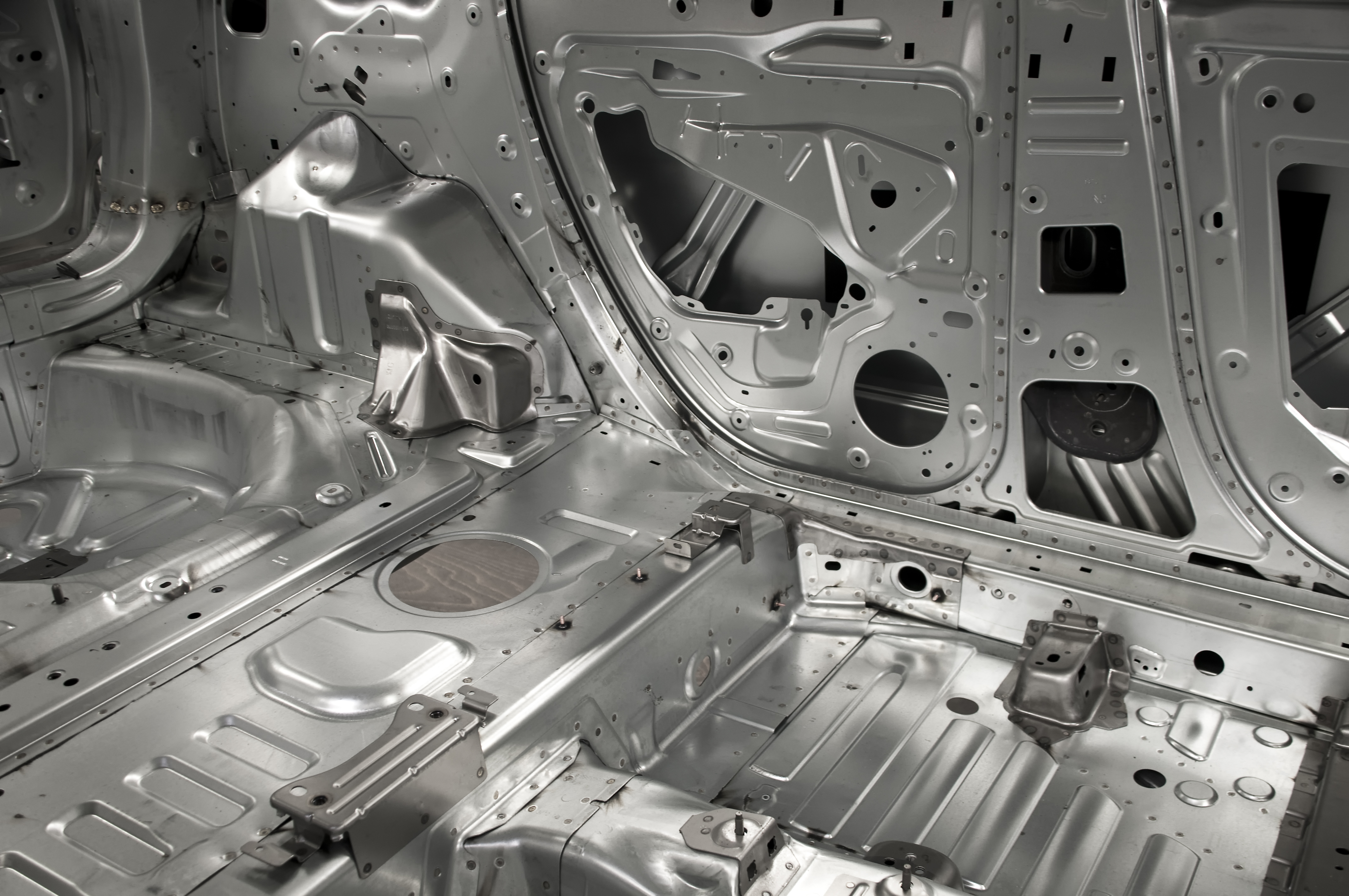CORROSION PROTECTION FOR METALS
When exposed to corrosion, especially oxidation, unprotected bare metal surfaces change the surface condition that has often only been achieved after considerable effort. This not only leads to a deterioration in appearance but also often reduces the optimal function.
Corrosion preventives serve to protect metal surfaces against the influence of the atmosphere in the broadest sense of the term and, thus prevent the conversion of metals into their compounds especially oxides.
In general, the application of an effective surface protection involves only a fraction of the costs that are incurred due to corrosion damage.
The extent of corrosion mainly depends on:
- the combination and pre-treatment of the materials (for example, malleable cast iron or grey-cast iron are especially sensitive to corrosion),
- the surface quality of the material (rough surfaces are more sensitive to corrosion than smooth surfaces),
- climatic influences, such as marine climates with a high saltwater content or tropical climates with a high air humidity and extreme temperature fluctuations trigger corrosion, as does the high SO2 air-content experienced in smog conditions,
- other external influences, such as aggressive exhaust gases, the effects of acid vapors from pickling baths, the contact effect of materials touching each other, residues from treatment processes, dust and hand perspiration during handling.
Basically, it can be distinguished between permanent and temporary corrosion prevention. Permanent corrosion prevention is, for example, ensured through the use of paint, galvanic coatings and enamel that can only be removed with difficulty using mechanical or specific chemical methods. Often, this is not possible without changing or damaging the metal surface. The corrosion protection products, sold under the brand name ANTICORIT, belong to the group of temporary corrosion preventives, although modern cavity protection will ensure a corrosion protection of up to 15 years. If needed, temporary corrosion preventives can be removed quite easily using solvents or suitable aqueous industrial cleaners without the protected surface being damaged.

